“Pillow’s soprano floats and dances in Monteverdi’s “Laudate Dominum,” conveying both divine comfort and devotional bliss.”
“The instrumentalists also generate a soulful swagger.”
The performances on the accompanying CD, Music from Galileo’s World, are likewise superb. Pillow’s upper register sets aflame the burning desire for the divine in Isabella Leonarda’s “Care Plage.”
- Early Music america
For additional information about the film, visit our film commentary page
A slide show retracing the making of the film
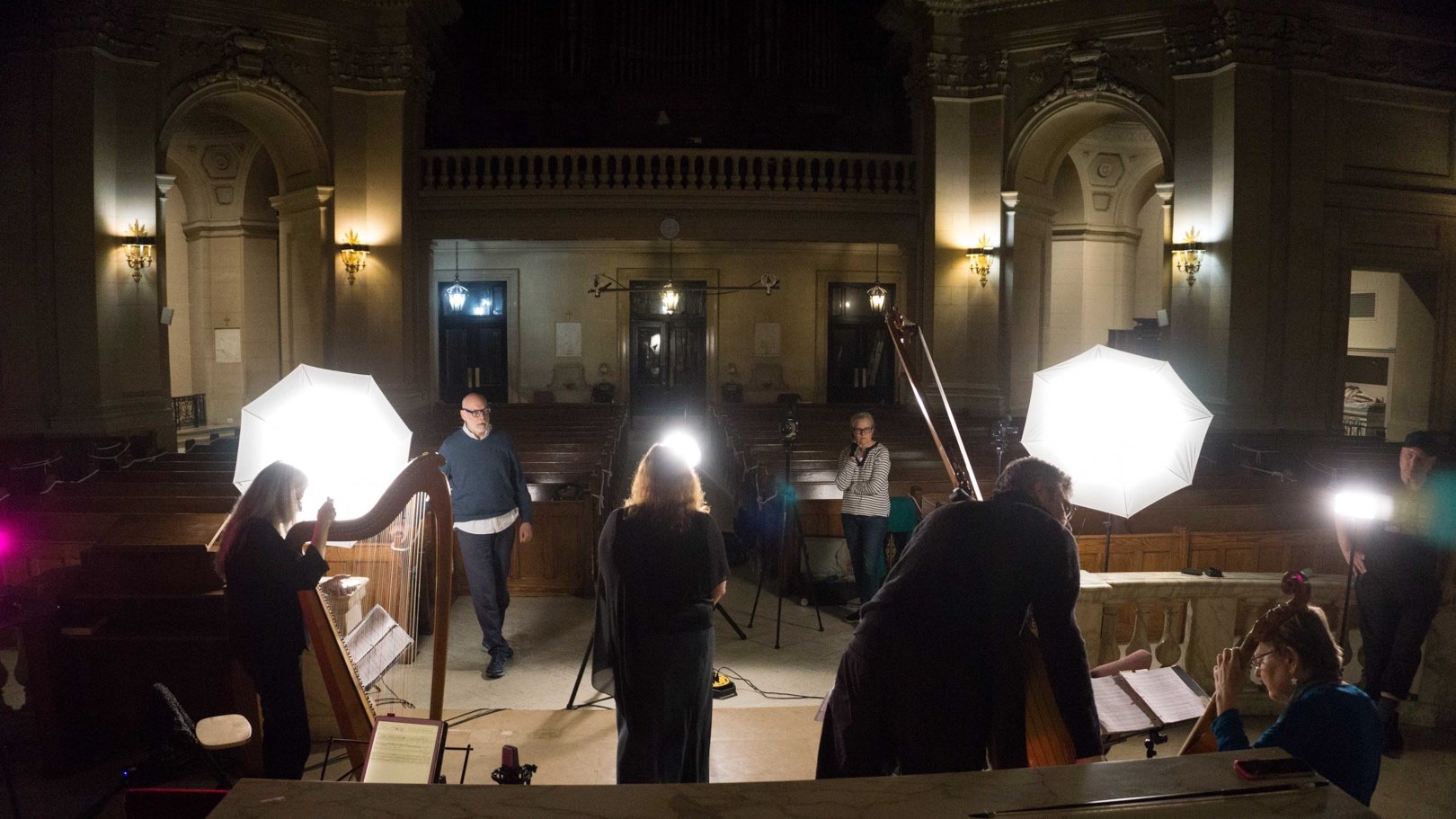
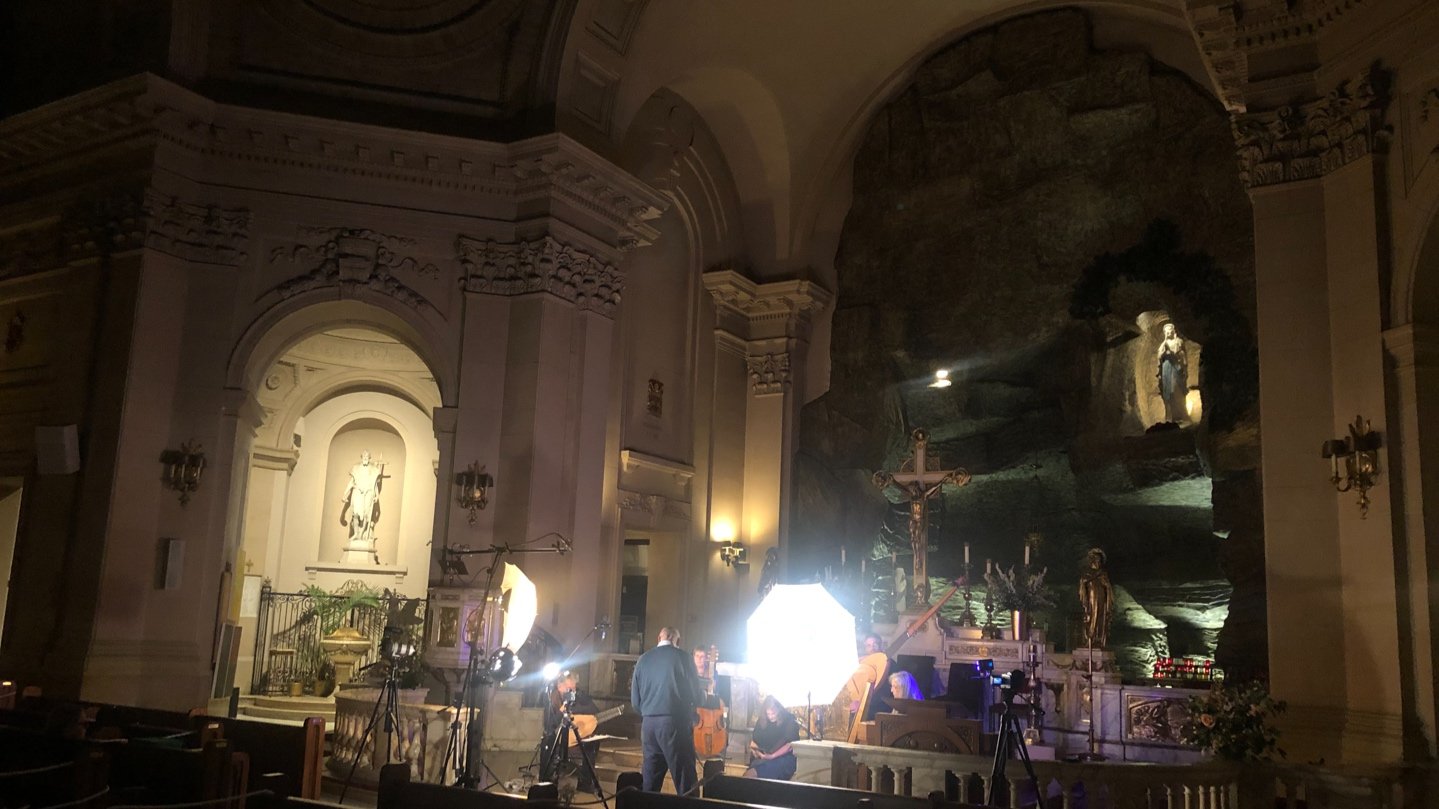
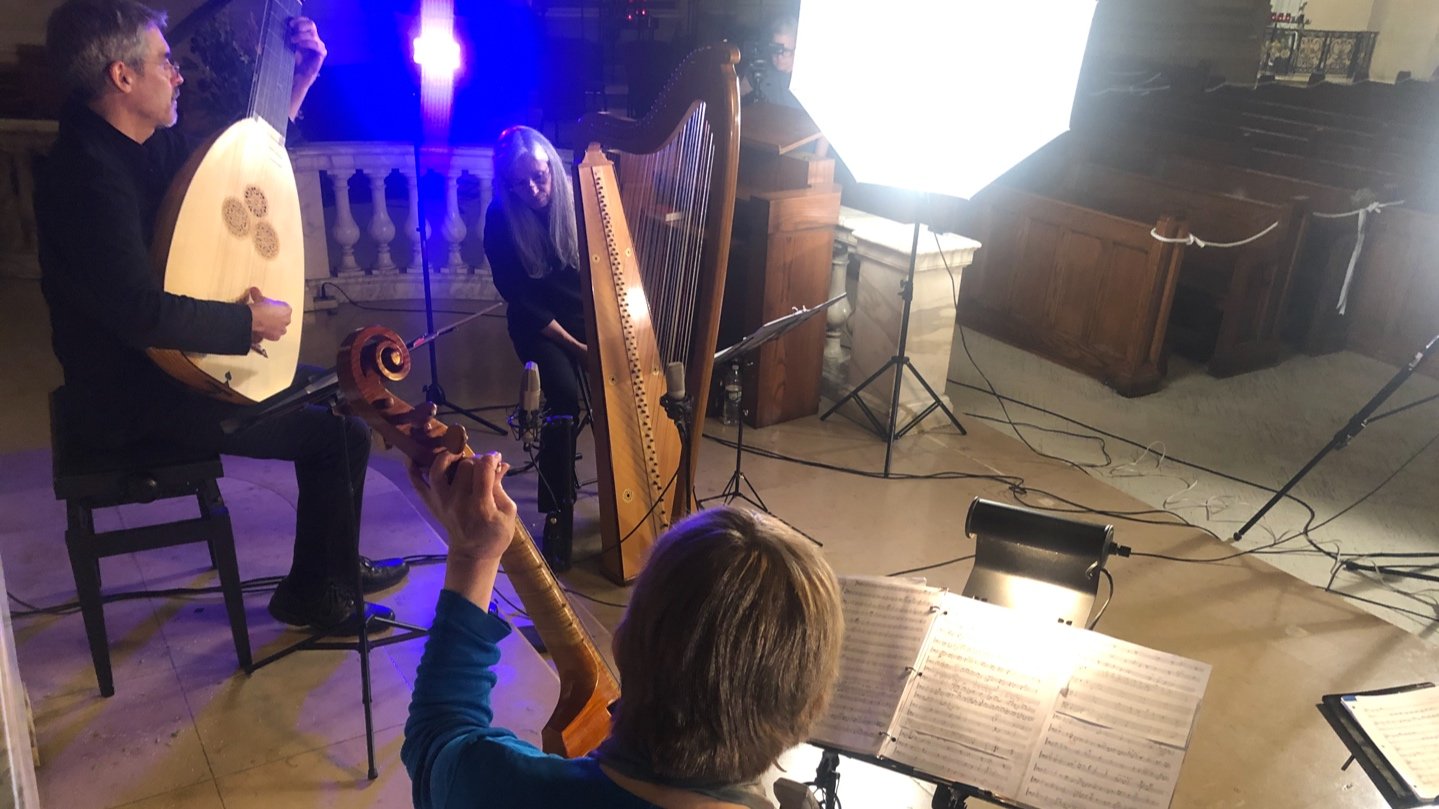
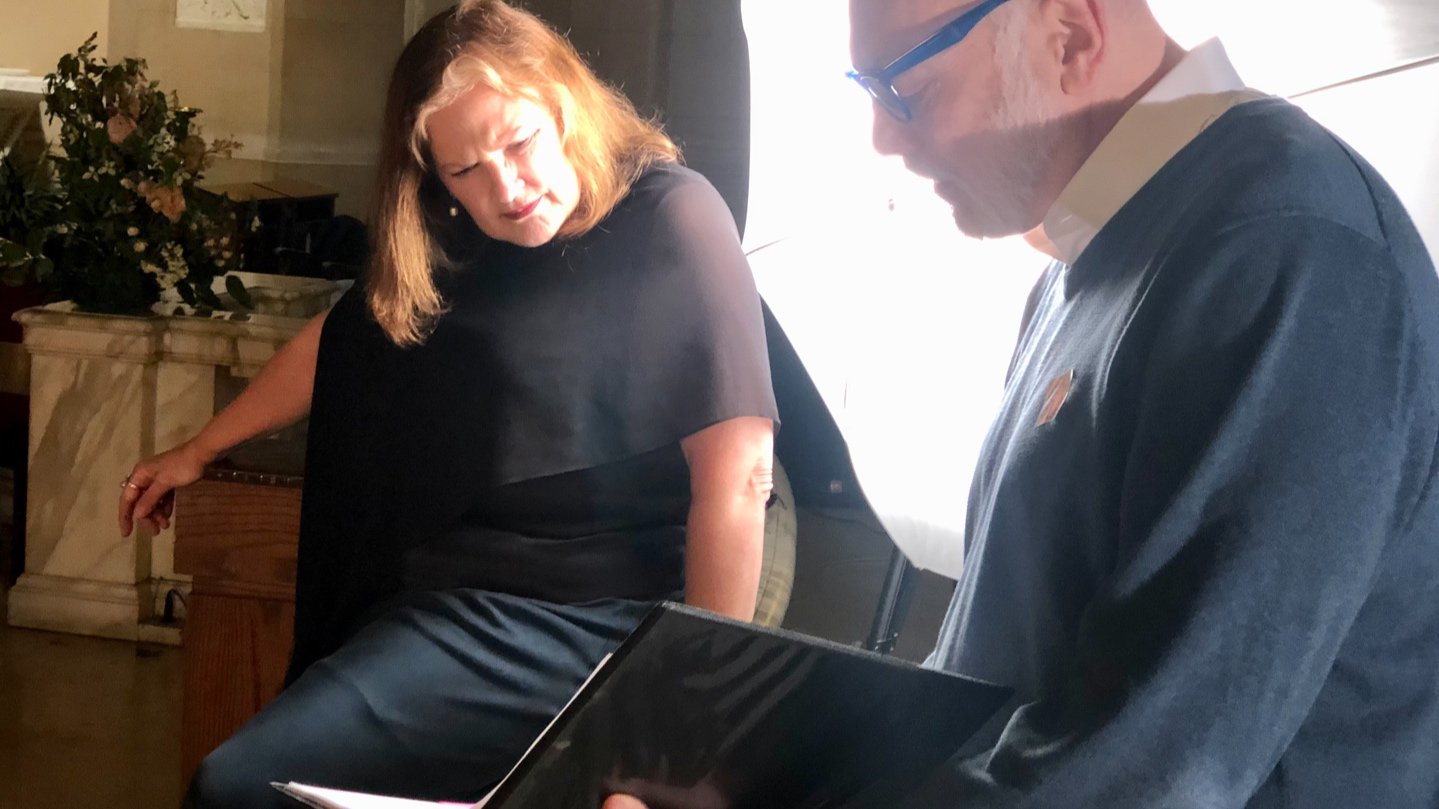
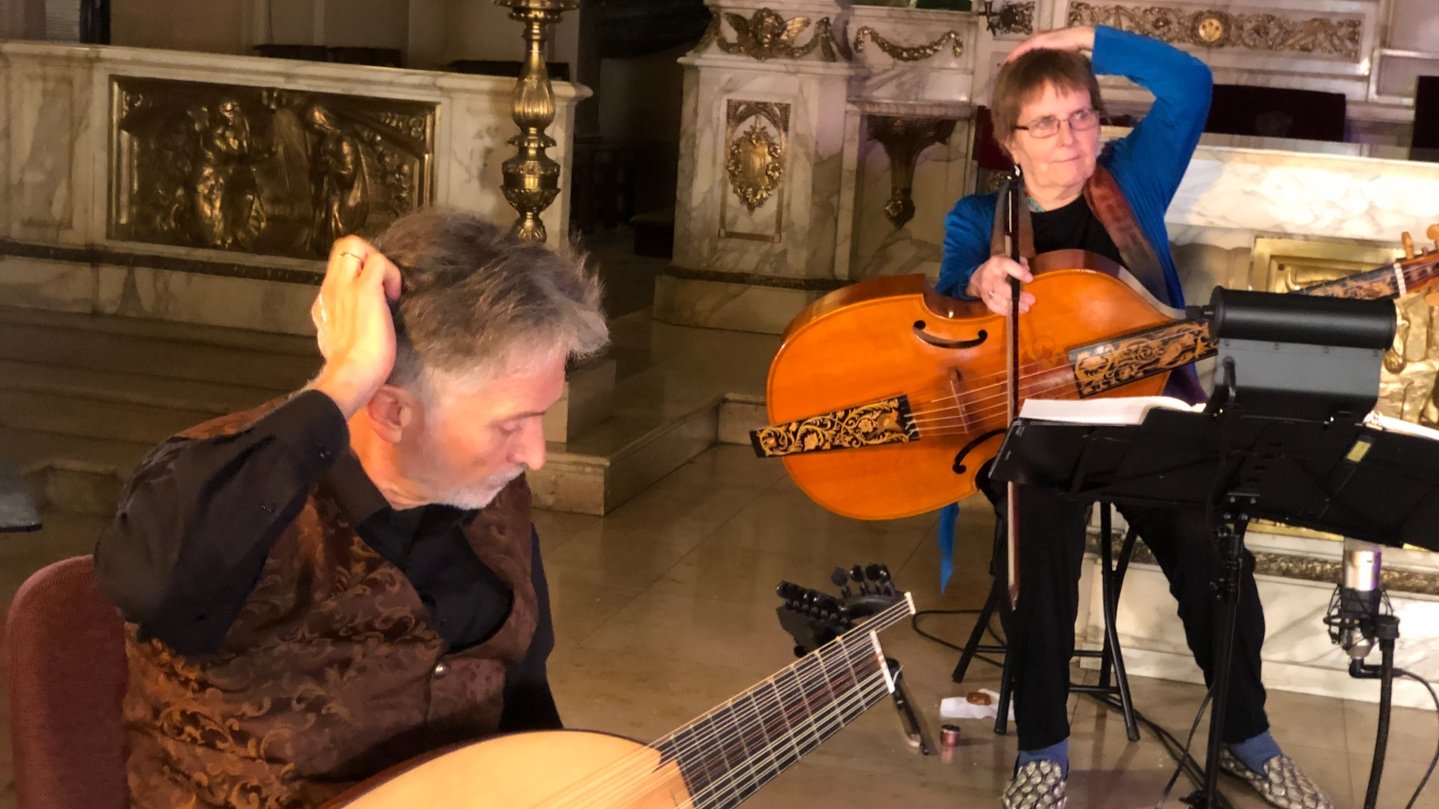
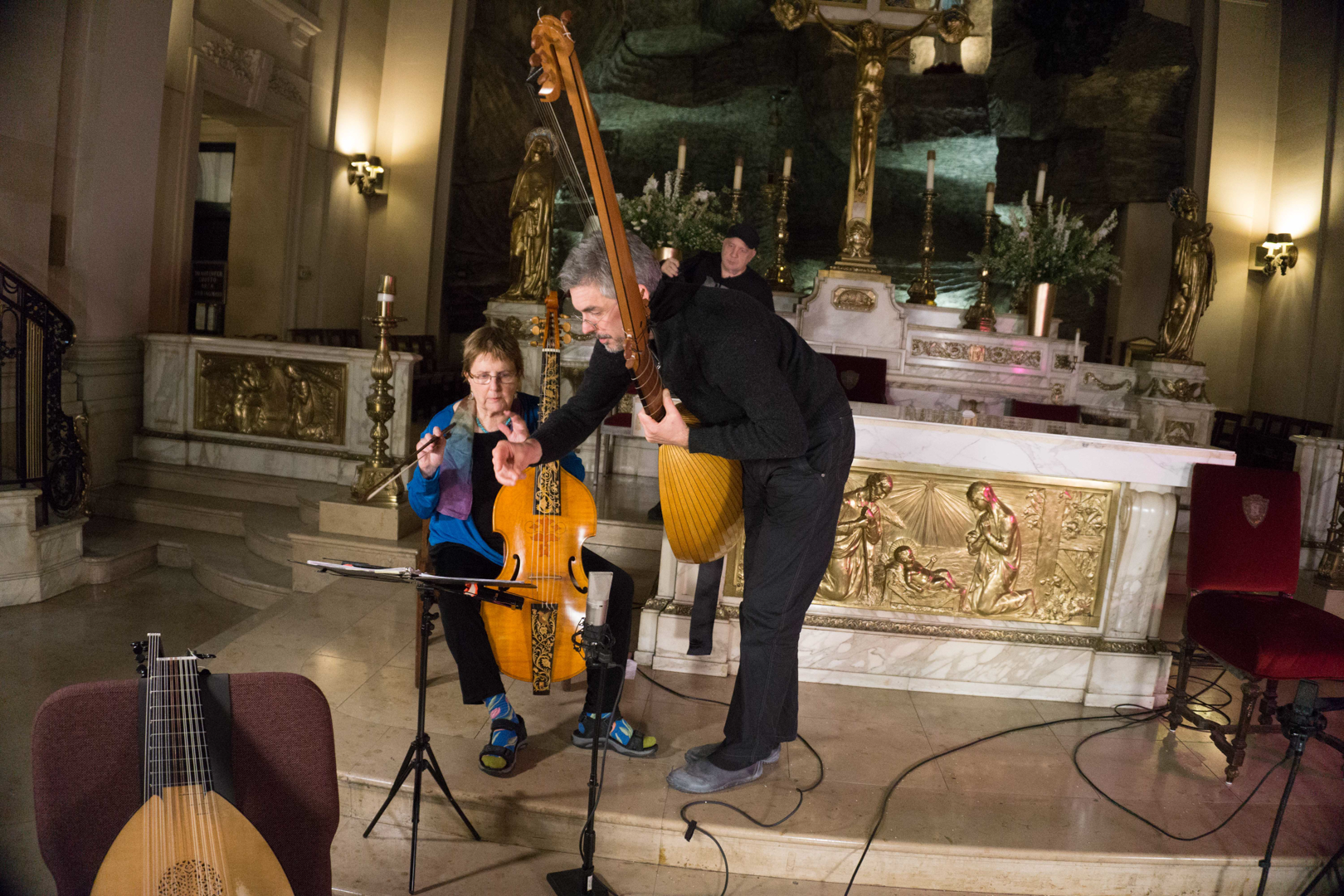

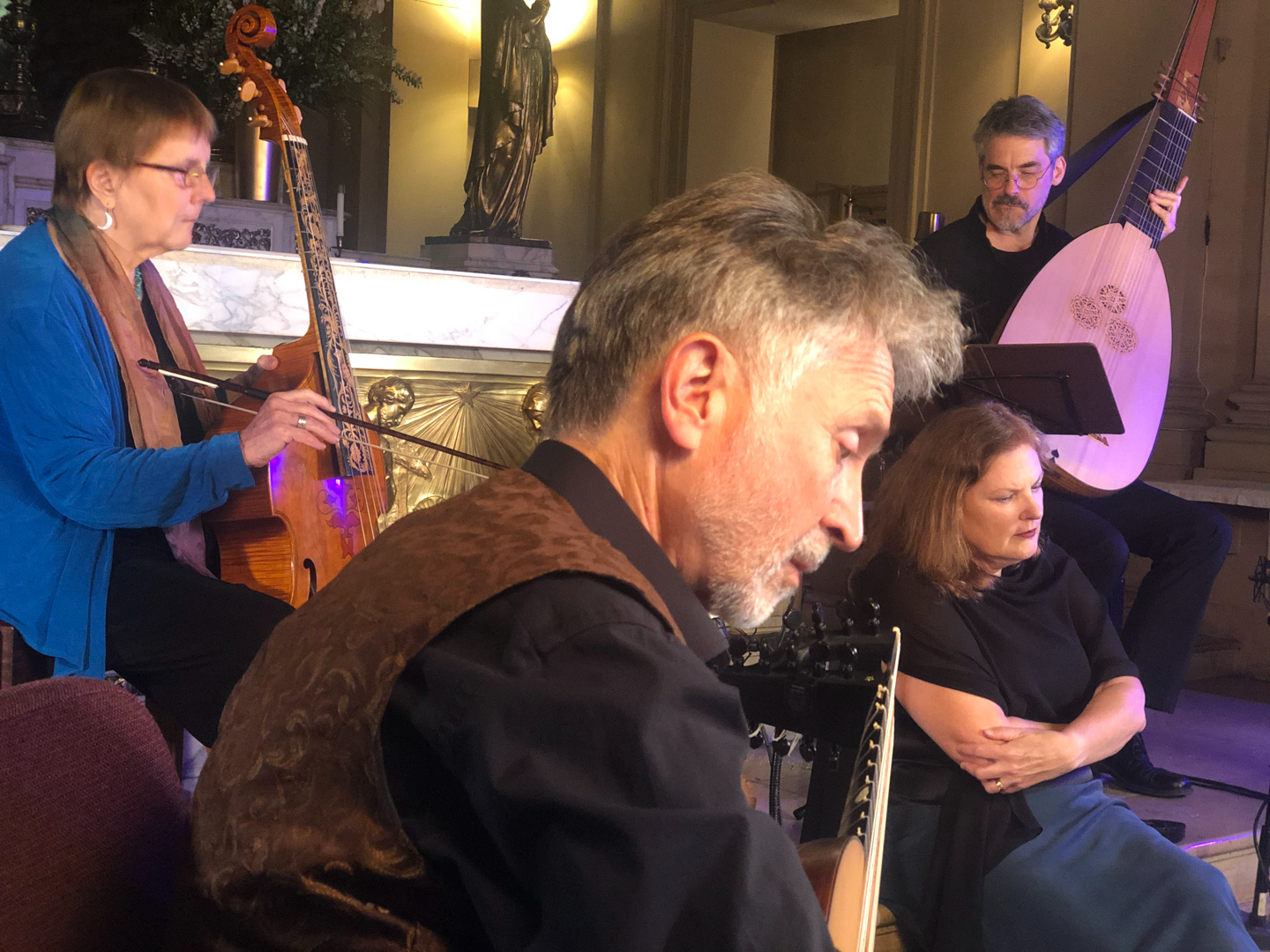
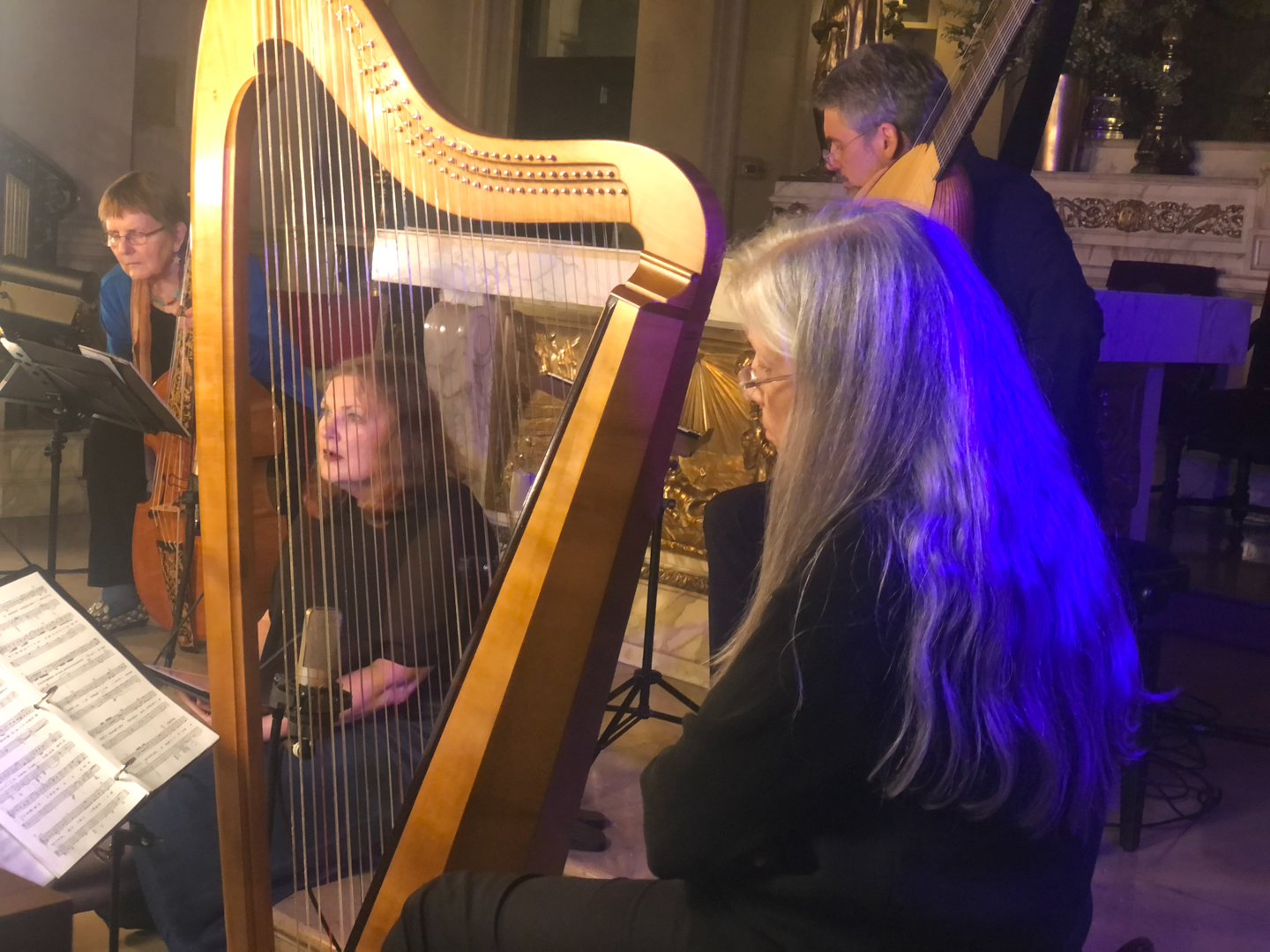
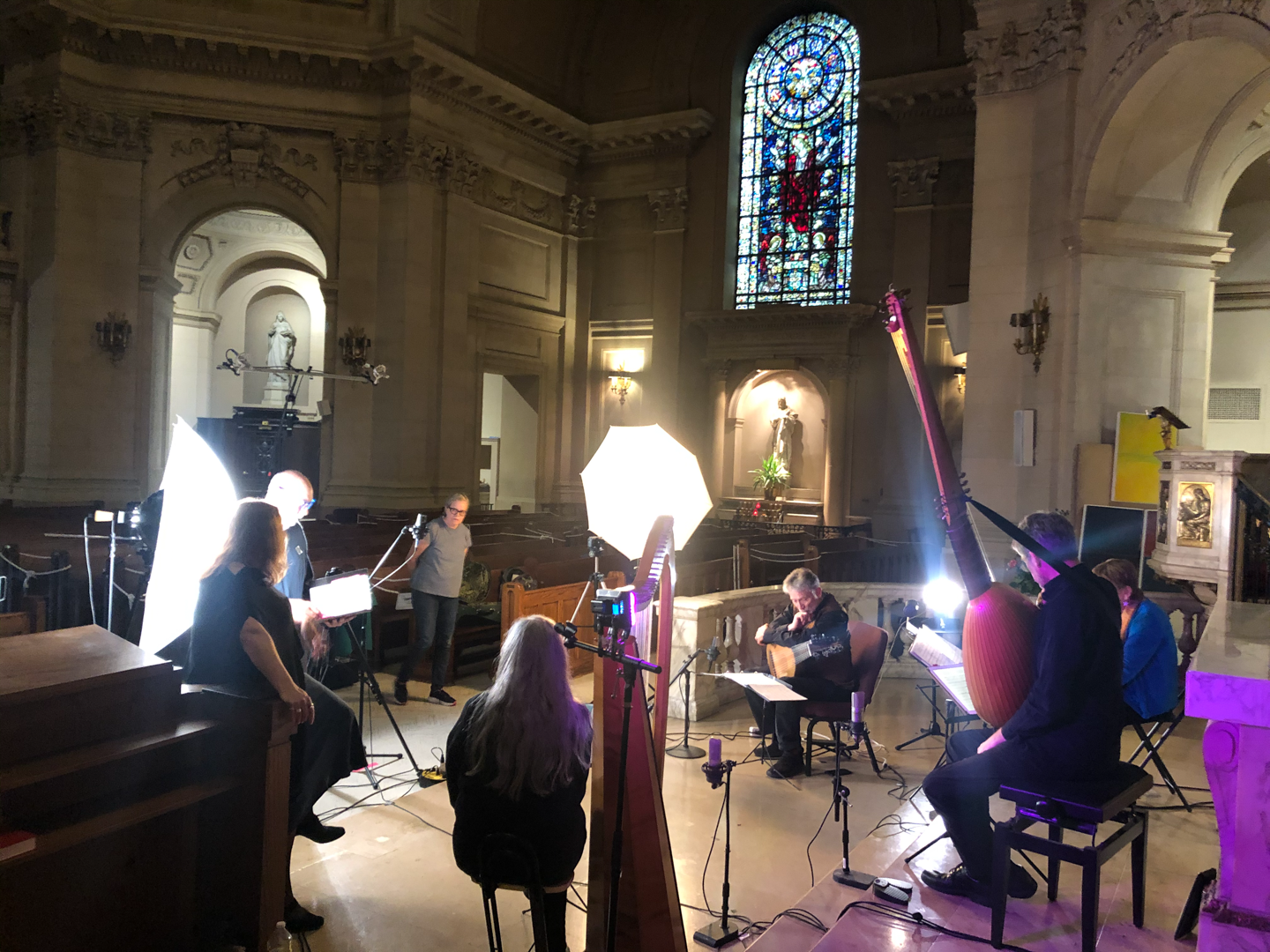
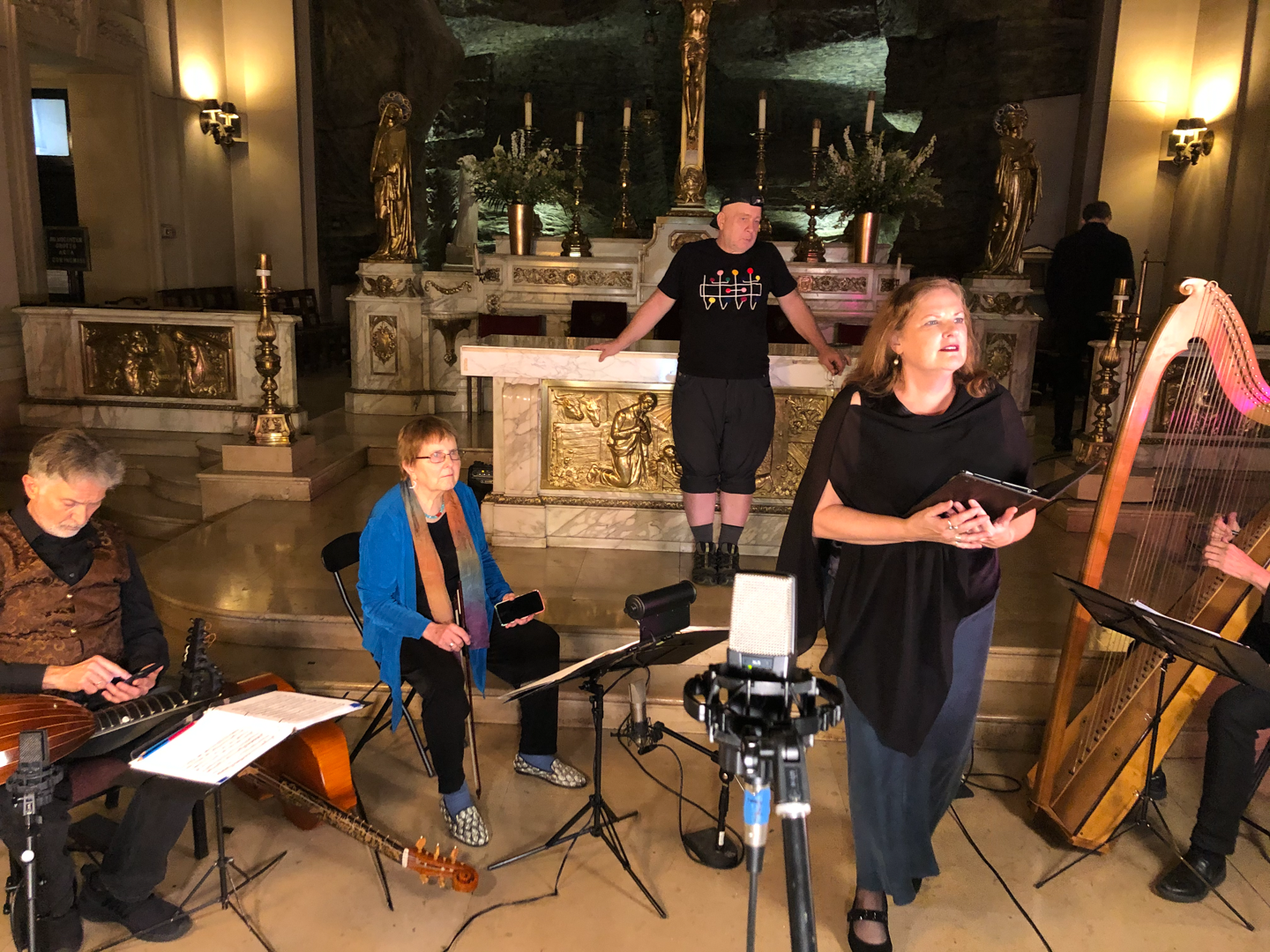
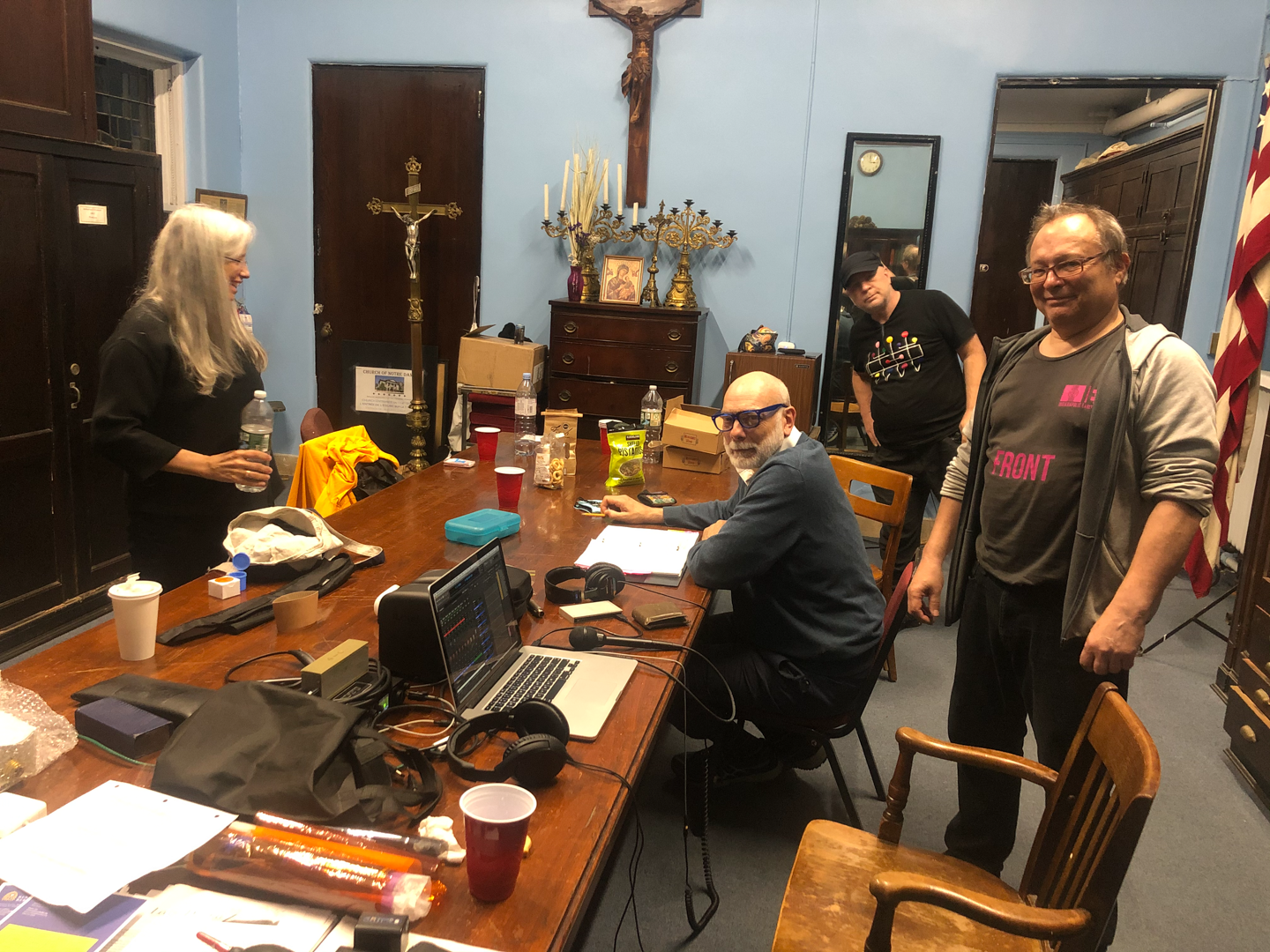

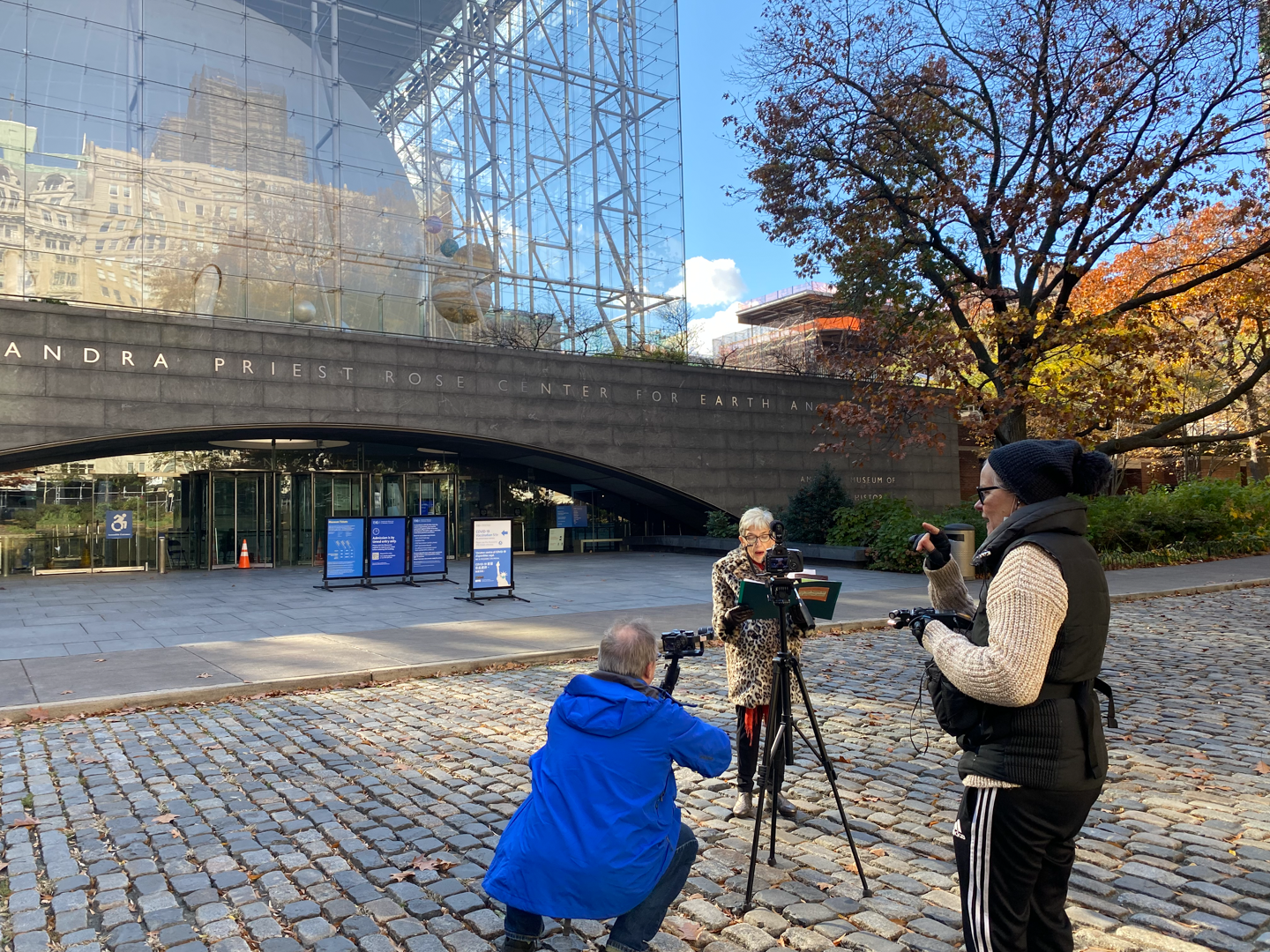
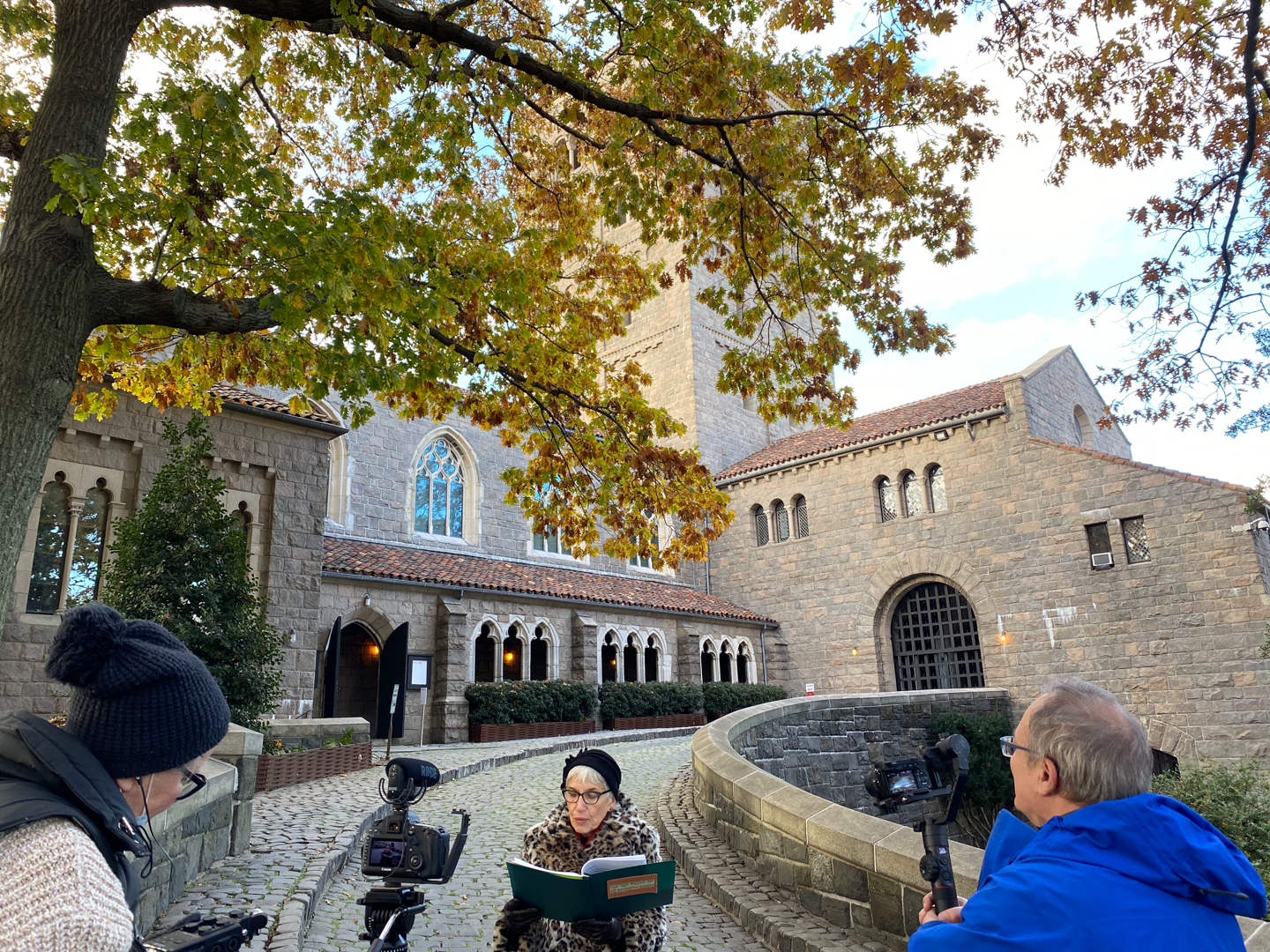
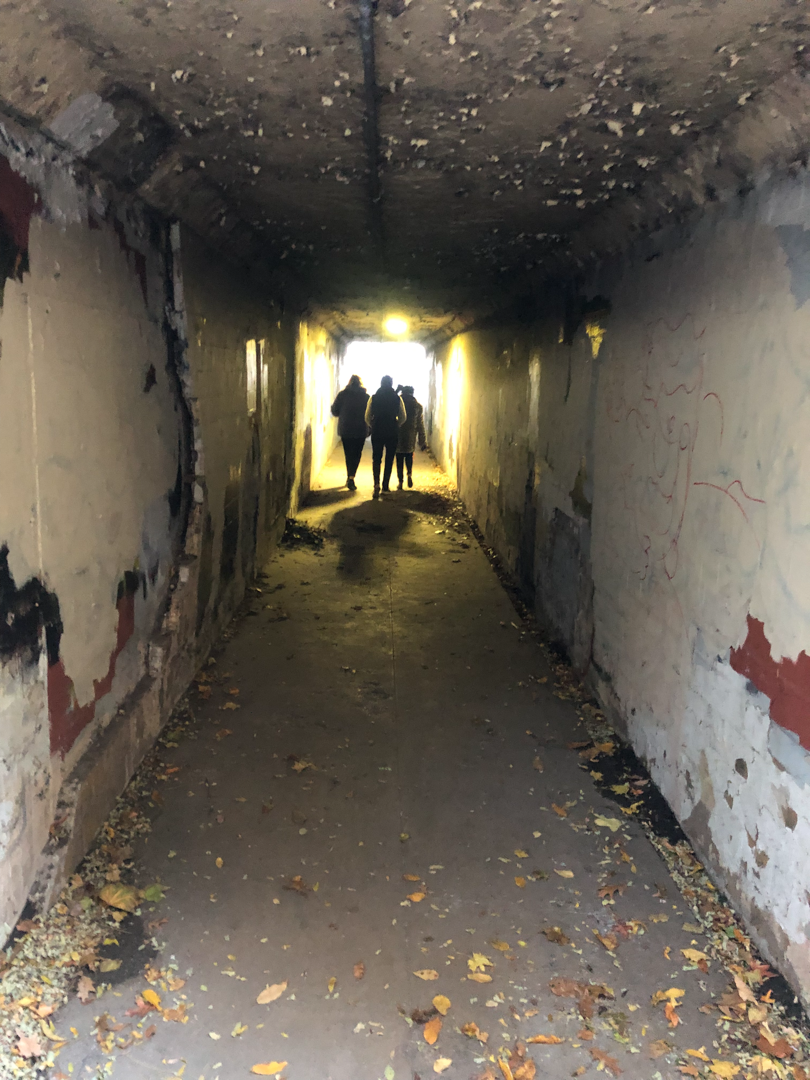
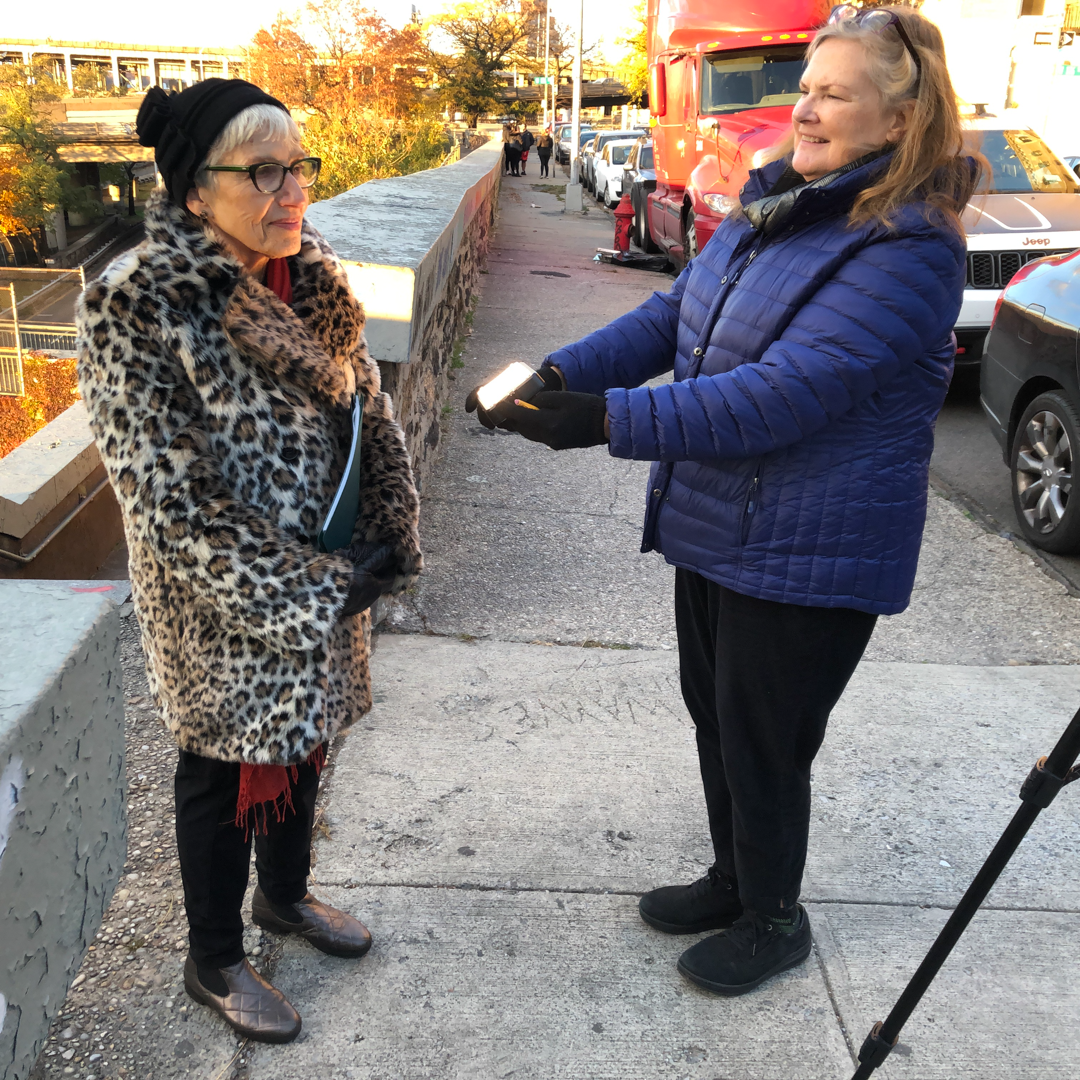

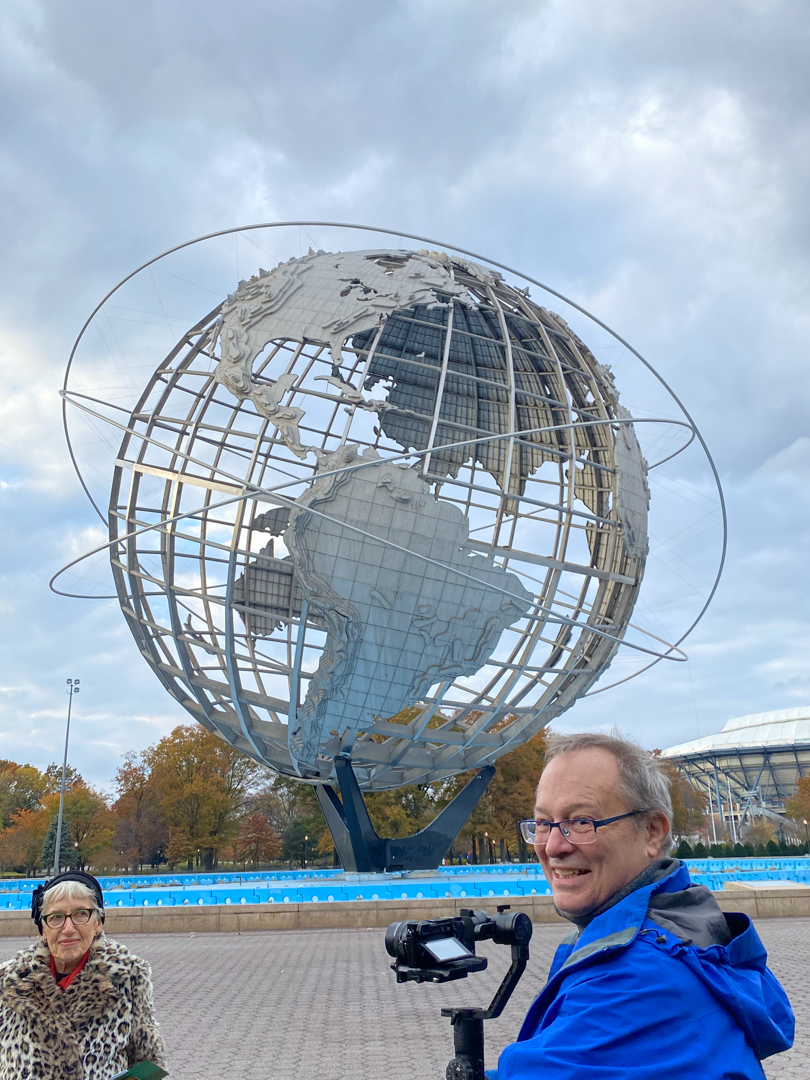
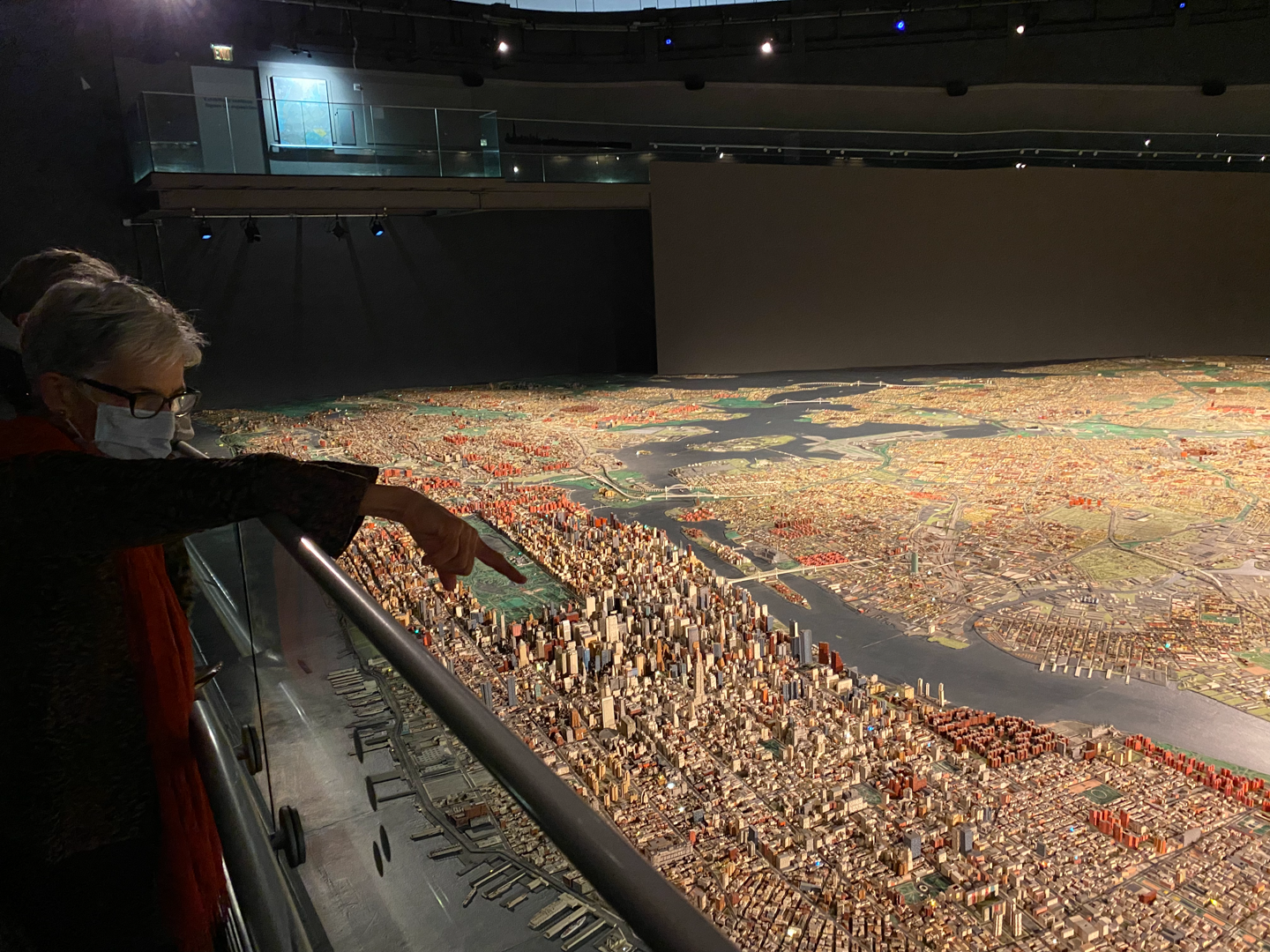

A short history
Soon after we formed our early music ensemble in 2001, I had the pleasure of meeting author Dava Sobel, and I asked her whether she minded that we name our group after the title of her best-selling book. She said she would be delighted if we did, and thus began a long and fruitful friendship. I soon asked her to join us in our concerts to read the letters from Suor Maria Celeste to her famous father, interspersed with the avant-garde music from Galileo’s day, including music composed by cloistered 17th-century Italian nuns.
In 2004 Marc Wagnon and I were offered tickets to see and hear a new collaboration at Lincoln Center between the L.A. Philharmonic, the director Peter Sellars and the video artist Bill Viola. It was a production of the Wagner opera Tristan und Isolde, semi-staged by Sellars with a large video screen hanging down from the ceiling that showed Viola’s accompanying video art, all performed live. The lighting was dark except for the orchestra’s stand lights, shining on the players’ faces. The singers were in spotlights as to not disturb the audience’s view of the projections overhead. We found this to be the perfect medium, in a much smaller version (it is early music, after all), to create a program documenting the remarkable moment in history of the intersection between science, human thought and music. The multi-media show has been performed live in the United States and Canada over the years, with our first performances including a video made by Marc, with photographs and footage that ran alongside the live performance. The program eventually evolved to Marc joining us for concerts, performing with us by mixing in real time the images, his created animation and video footage. When the pandemic began in 2020 and live performance came to a standstill, we took the opportunity to turn the whole project into a film, accompanied by a CD that includes all the music in the Perpetual Motion film with four additional nun composer motets.
In 1609, the year that Galileo first pointed his telescope towards the stars, Henry Hudson sailed up the river that bears his name, following reports of a possible channel across the North American continent to the Pacific Ocean. As New Yorkers, we thought it would be an interesting way to tie in the past with the contemporary, and pay tribute to our favorite city. Dava is a native New Yorker, and cheerfully allowed us to drag her all around the various boroughs to read her narration in front of New York City landmarks, even when the cold November winds began to blow.
About the music
The music you hear is at ‘Baroque pitch’, or A=415, which is one half-step lower than the A=440 on the modern piano. The instruments are tuned in equal temperament, but unlike the modern piano and its mathematically divided intervals, the string players can make certain intervals more pure by adjusting their fingers on the frets, giving different colors of tone to various key signatures. The method is somewhat kindred to the human voice using a combination of feeling and hearing to find the right pitch and timbre with his or her vocal folds, breath and pressure. This type of tuning, coupled with the mellow sounds of these historical instruments, offers a warmth that sounds (to my ears) closer to nature.
About the audio recording, “Sounds of Galileo’s World”:
The accompanying CD contains all of the songs in the film, with four additional motets that were composed by 17th-century nuns. Riding bicycles through Central Park one very early morning in June 2021 to observe a partial solar eclipse on the upper east side of Manhattan, the birds singing to welcome the dawn overwhelmed any sounds coming from the city at that hour. Finding this nature in the ‘city that never sleeps’ bordered on cacophonous, as if a huge orchestra’s players were tuning to different pitches before beginning a symphonic composition. It gave us a glimpse into the natural world of Galileo’s time that humans today are decreasingly hearing and seeing. The added sounds of nature to the CD recording is a reminder of what we are missing in our modern, noisy world; and that every day is another opportunity to create a sustainable environment for all.
Most of the sounds introducing each piece are self-explanatory, but below is a list of bird calls you hear in Sounds of Galileo’s World. All are found in Western Europe, migrating through Italy, and could have been heard by Galileo and his daughter, Suor Maria Celeste.
3. Care Plage - Robin; 5. Ostinato vo’ seguire - Common Nightingale; 7. O Felice occhi miei - Eurasian Skylark; 10. Toccata arpeggiata - European Greenfinch; 14. Ave Stella matutina - Eurasian Wren; 17. Non piangete - Willow Warbler; 18. Catena d’Amor - Sedge Warbler; 20. An Evening Hymn - Long-Eared Owl.
We wish to thank the following for their support of this project:
Father Michael Holleran; Dava Sobel; Mary Anne Ballard; John Mark Rozendaal; Peter Danilowicz; Valerie Barnes; and astronaut David Scott, who had the idea in 1971 to test Galileo’s theory of falling objects on our Moon during the Apollo 15 mission
Images of space are used with the courtesy of the following Jet Propulsion Laboratory; Hubble Heritage Project; Space Telescope Science Institute’s Office of Public Outreach; The European Space Agency; Open Space; and NASA and their space probes Galileo, Voyager, Cassini, and the James Webb Space Telescope
We gratefully acknowledge the following authors’ works in guiding the narration for Perpetual Motion Dava Sobel: Galileo’s Daughter, a Historical Memoir of Science, Faith, and Love; The Planets and A More Perfect Heaven, How Copernicus Revolutionized the Cosmos; James Gleick: Isaac Newton; Robert L. Kendrick: Celestial Sirens: Nuns and their Music in early Modern Milan and Craig A. Monson: Disembodied Voices: Music and Culture in an Early Modern Italian Convent
Galileo Associate Producers of the Perpetual Motion film The Pillow Family Trust; John Pillow, in memory of Hal and Joyce Pillow; Naomi Yamada, in memory of Jack and Fumiko Kanbara; Jack Kanbara – in memoriam; Suzanne Margot; Max and Medill Harvey; Dr. & Mrs. Kenneth D. Wolfram and The MacArthur Family Charitable Foundation
Kepler Associate Producers of the companion CD Jeffrey Johnson; John Thomas; Jeannie Hayden; Ian Capps and Daniel Shoskes
Pythagoras Sponsors Mia Messi, Jack Barrow and Michele Elmer
Jupiter Sponsors Jean Hudson; Sylvie Degiez & Wayne Lopes; Ruth Stevens; Liane Anderson; Dean Christodoulu; Carole Pillow; Sean Johnson; Jacqueline Ball; Jacqueline van Gorkom; Peter Stewart; Nell Snaidas & Tom Fervoy; Kathryn Moyer; Questa Anderson; Melinda Hopkins; Rebecca Montero; Marilyn Farmer; Debra Poulter; Robert Davis; Terry Brown; Amy Gluck; Nancy Drye and Henry Wong
Io Sponsors David Ronis & Bruce Norris; Susan Forste; Donald Dinwiddie and Lucia Bogatay
Calisto Sponsors John Hetland; Germaine Chan; Richard Pearson Thomas; Nancy Crane; Marcia Lewis; Claude & Mary Clerc; Phyllis Hartmann; Justin Taylor; Fred Wegelius; Terry Finlayson; Erik Pearson; Nancy Hoffman & Peter Schmidt; Steve Saunders; John Wesley Wright
Ganymede Sponsors Linda Burman-Hall; Barbara Van Elsen; Tina Chancey; Laura Cooper; Atara Aharonovitz; Richard Brook; Anne-Marie Cusson; Jeffrey Kurtzman; Dan Vine; Susan Pereira; Carol Scudder; Daniel Gundlach and Michael Conway
Europa Sponsors John Mark Rozendaal; Todd Rice; Leona Godin & Alabaster Rhumb; Georga Osborne; Elizabeth Small; Leslie Watson and Richard Rubin




